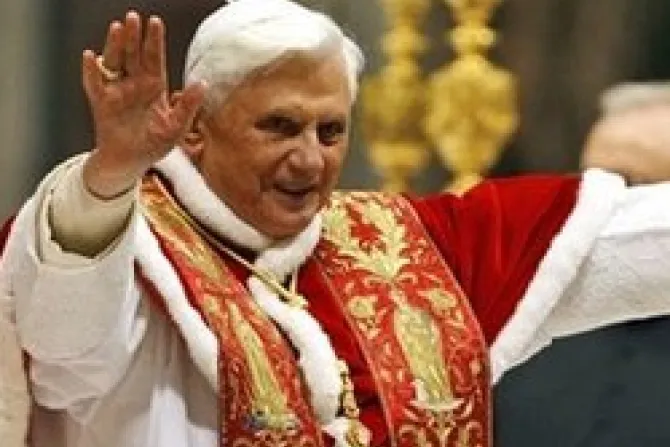Vatican City, May 6, 2009 / 08:24 am
Days before he heads to the Holy Land, Pope Benedict taught the crowd of 20,000 at his weekly General Audience about the reason that Christians venerate images. Drawing from St. John Damascene, he explained the theology behind the use of material objects and the difference between adoration and veneration.
In recalling the figure of seventh century St. John Damascene, who is of “primary importance” in the history of the church, the Pope focused on his “three discourses on sacred images against those who sought to slander them.”
The Holy Father explained that in these three works, the “first attempts to legitimize the veneration of sacred images” can be found. St. John Damascene accomplished this by associating images with the mystery of the Incarnation of the Son of God in the bosom of the Virgin Mary.
Another contribution of St. John was his distinction, in both private and public Christian devotions, between adoration and veneration. “The former being highly spiritual can only be directed towards God, the latter can employ images to seek intercession with the images’ subject,” said Benedict.
As he prepares to head to a predominantly Muslim country on Friday and later to Israel, the Pope reflected on the difference between Christian teaching on images and that of the other two monotheistic faiths.


